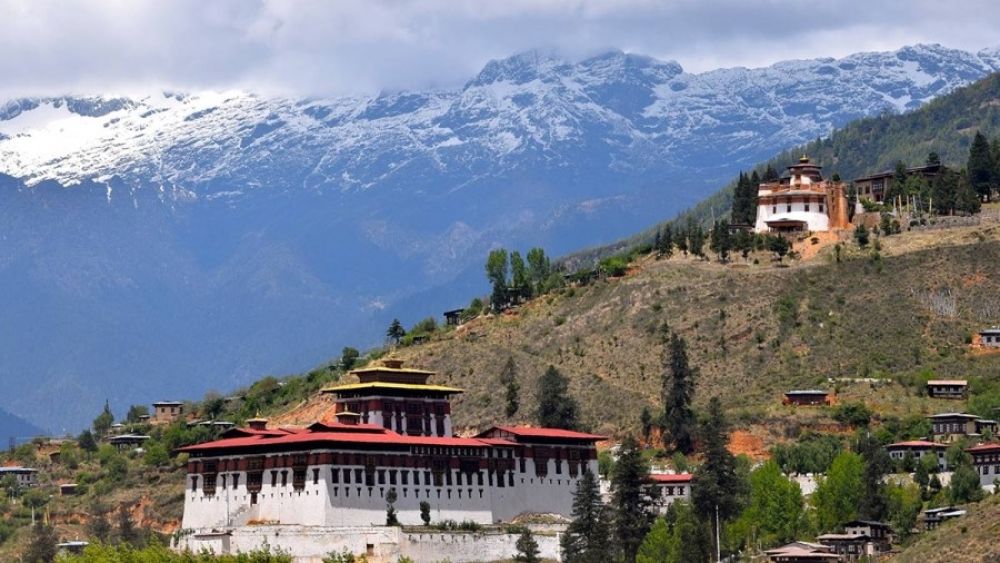

Rinpung Dzong, also known as Paro Dzong, is an ancient fortress and Buddhist monastery that has stood as a testament to Bhutan's spiritual and cultural heritage for centuries. The history of tourism at Rinpung Dzong is relatively recent compared to its long-standing presence in the region. Although Bhutan remained largely isolated from the world until the mid-20th century, the allure of its monasteries and pristine environment has since attracted a steady flow of tourists.
Tourism officially began in Bhutan in 1974 when the government opened its doors to foreign visitors for the first time to commemorate the coronation of the Fourth King, His Majesty Jigme Singye Wangchuck. Rinpung Dzong quickly became one of the key attractions for these pioneering tourists. Due to the country's policy of sustainable development and high value, low impact tourism, visitor numbers have always been carefully managed, ensuring that places like Rinpung Dzong maintain their serenity and spiritual significance.
Recognizing the importance of preserving its cultural landmarks, the Bhutanese government, along with international organizations, has undertaken multiple restoration and conservation projects at Rinpung Dzong over the years. Accessibility for tourists has also improved, with infrastructure developments that are sensitive to the environment and the dzong's historical context.
A seminal event that increased the dzong's visibility was the annual Paro Tshechu, a religious festival that takes place in the spring. It is one of the biggest events in Bhutan's cultural calendar and sees a significant influx of both local devotees and international visitors who come to witness the masked dances and traditional music performances against the backdrop of this stunning fortress.
In recent years, there has been a worldwide trend towards experiential and responsible tourism which Bhutan, including Rinpung Dzong, fits into perfectly. Tourists seek authentic experiences that allow them to understand the local culture and spirituality. Activities like meditation sessions, guided tours by knowledgeable locals, and participation in community activities have become increasingly popular.
Eco-tourism is also a significant part of the country's appeal, and Rinpung Dzong benefits from its location amid the stunning natural landscape of the Paro valley. Tourists often combine their visit to the Dzong with treks and nature walks. With its strategy of attracting responsible travelers, Bhutan has become a case study in balancing the economic benefits of tourism with the conservation of its natural and cultural heritage.
Looking forward, the tourism industry in Bhutan is poised to grow in a manner that respects the integrity of sites like Rinpung Dzong. The government continues to implement policies that aim to preserve not only the physical structure but also the living culture and traditions that give this ancient fortress its soul and allure.
The history of tourism at Rinpung Dzong reflects Bhutan's overall journey from seclusion to selective engagement with the outside world. By embracing a conscientious approach to tourism, Rinpung Dzong remains an emblem of Bhutan's past and a beacon for a form of tourism that cherishes authenticity, sustainability, and mindful exploration.